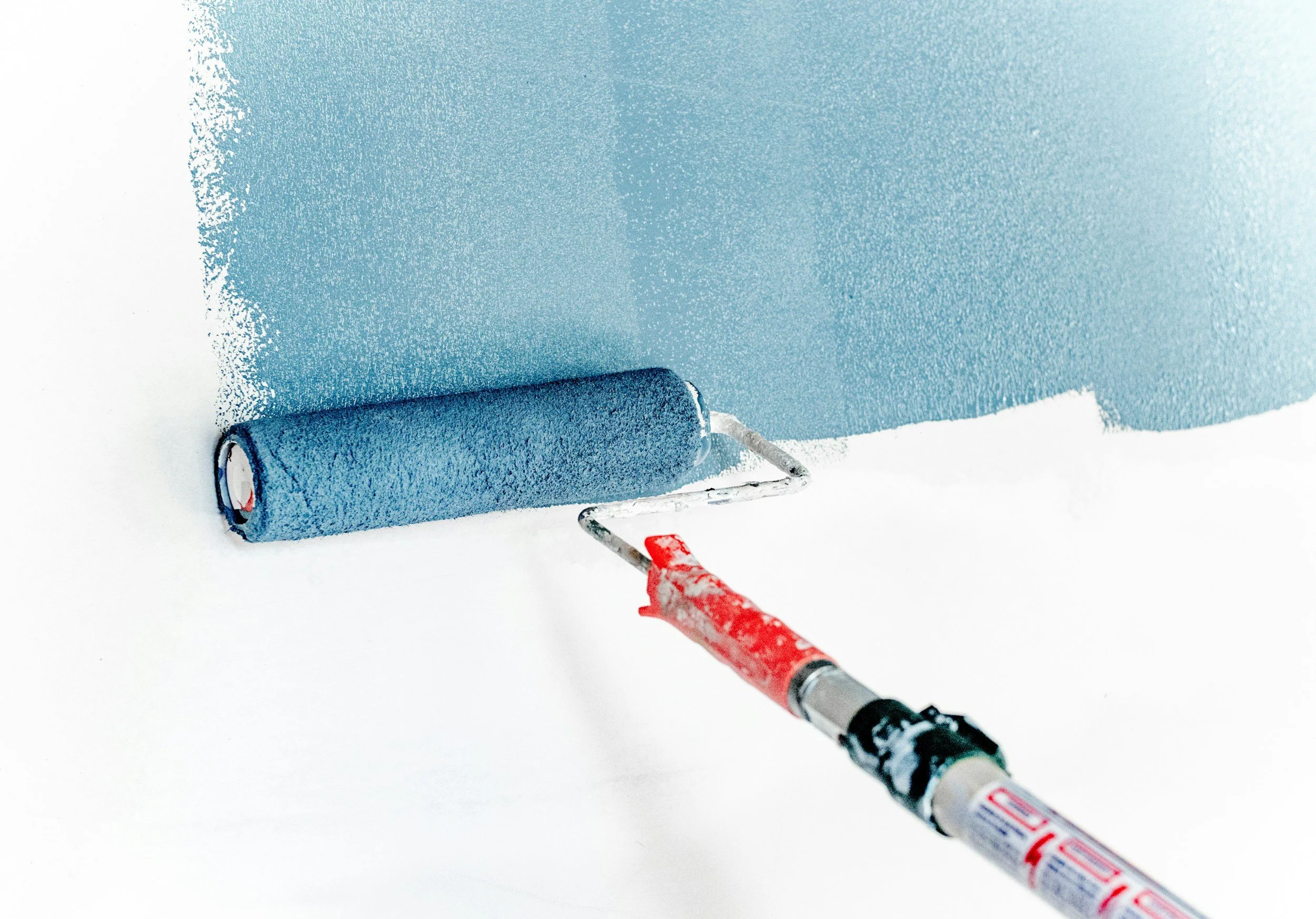Making Sustainable Real Estate More Accessible
After recently sharing some ideas at a Real Estate Strategy Mastermind on sustainable real estate and remodeling, I wanted to recap a few of the key concepts—especially for those of us working on everyday properties, not high-end showcase homes.
Sustainability in real estate is often seen as something reserved for premium developments. We’ve all seen the buildings flaunting the latest eco-tech: advanced air systems, glossy finishes, and elaborate garage coatings. But these upgrades often come at a price that’s out of reach for most homeowners, renters, and even investors.
So what can we do instead?
As investors, renovators, and landlords, we have the opportunity—and responsibility—to help everyday people live more sustainably. It doesn’t have to be expensive or overwhelming. It just takes thoughtful, intentional design.
Below are some practical ways to introduce sustainable practices into your projects, organized into three simple categories:
🌿 What People See
These are the visible, often outdoor elements that contribute to a property’s eco-footprint and curb appeal:
Native and drought-tolerant landscaping
Rainwater collection systems
Composting areas
Shared or community gardens
Exterior safety lighting (solar-powered if possible)
⚙️ What People Use
These are the things your tenants or buyers interact with every day—choices that directly impact their energy and water use:
Ditch the LVP: choose ceramic, porcelain, or real linoleum (like Marmoleum)
Right-size appliances (e.g., 24–27” fridges, 18” dishwashers)
Induction cooktops
Heat pumps and mini-split systems
Smart thermostats
Water-saving faucets, toilets, and showerheads
🧱 What People Can’t See
These behind-the-scenes improvements boost efficiency, air quality, and comfort—even if they go unnoticed:
Low- or zero-VOC paints
Energy-efficient (Low-E) windows
Insulation upgrades
Updated or rewired electrical systems
HVAC deep cleaning
Air purification systems
Whole-home or under-sink water filtration
Start Small, Think Big
You don’t need to do everything at once. Sustainable design isn’t about perfection—it’s about progress. Each choice you make, no matter how small, adds up to meaningful impact for your tenants, your properties, and the planet.
Also, don’t overlook incentives. Many cities, states, and utility companies offer rebates or tax credits for using energy-efficient or eco-friendly products. It’s worth checking your local resources.
If you’re interested in making your real estate projects more sustainable—or just want to brainstorm ideas—I’d love to chat. Feel free to reach out.
Thoughtfully remaking homes for people and the planet,
Jake




